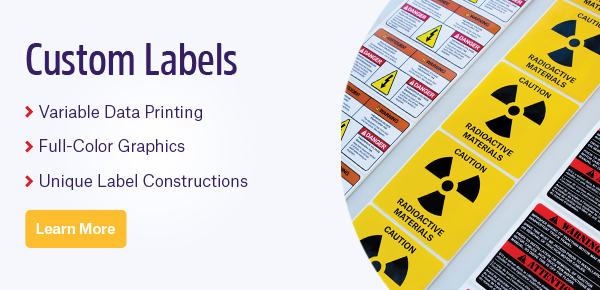 Barcode scanning is paramount to all industrial sectors, from the automotive industry to electronics, aerospace, and construction. Inventory that fails to scan can negate valuable time and potentially waste manpower and resources, resulting in sunk costs, lost inventory, and dissatisfied customers. To ensure more accurate tracking and tracing, some have recently turned to AI algorithms to increase the accuracy and consistency of scanners to read barcodes.
Barcode scanning is paramount to all industrial sectors, from the automotive industry to electronics, aerospace, and construction. Inventory that fails to scan can negate valuable time and potentially waste manpower and resources, resulting in sunk costs, lost inventory, and dissatisfied customers. To ensure more accurate tracking and tracing, some have recently turned to AI algorithms to increase the accuracy and consistency of scanners to read barcodes.
How scanners read barcodes
Most typical barcode scanners, like pen-type and laser scanners, utilize a light source to scan barcodes. They register light intensities as they bounce from the scanner to the barcode and back. Waveforms are generated that register the width of the bars and spaces, which are then decoded. Some scanners, like charge-coupled device scanners and camera-based scanners, use ambient light instead of producing a laser to register bar widths.
Issues with barcode scanning typically arise due to interference from a variety of sources. The most prominent sources of interference include bleeding of ink of the barcode or when abrasion occurs, rendering the barcode much more difficult to read. While these problems can often be mitigated using thermal-transfer printing methods, they are difficult to fix once they occur, as scanners are unlikely to decode an improperly generated or damaged barcode.
Adapting AI to scanning, processing, and automation
Where barcode scanners are used, a high volume of inventory is likely being read, making it difficult to examine where a barcode reading error may occur and why. Thus, companies like Cameralyze and Leuze have developed AI-based systems that integrate with barcode scanners to help identify, track, and troubleshoot barcode errors. Leuze, in particular, has worked within the automobile sector to develop an algorithm that assesses the frequency of barcode errors and attempts to discern whether they occur more frequently with a specific type of label, reader, and/or installation. To perform the analysis, it utilizes machine learning to generate an algorithm similar to that used by streaming services, which analyze user behavior and recommend films. Here, the algorithm rates the barcode label based on its fit with a specific reader, like it would match a viewer based on their fit with a given film.
These types of AI-based systems can be implemented using a cloud service or edge device. An edge device is a distinct device, separate from the installation, that obtains data, performs analyses, and passes the results to other platforms. It can also communicate with the barcode reader itself, which allows the reader to report errors as well. Edge devices and cloud-based systems are recommended because they do not require altering current IT architectures.
Adapting AI to barcodes to real-life workflows
The impact of AI-based barcode reading algorithms in the industrial sector may ultimately prove immense for large companies that manufacture and ship hundreds to thousands of items daily. These workflows depend on accurate tracking and tracing to the degree that a single misread barcode can halt entire processes full stop, leading to hours (or potentially days) of playing catch up. Therefore, the impact of AI-enhanced barcode reading may one day be felt across all industries should it become a more prominently used technology.

